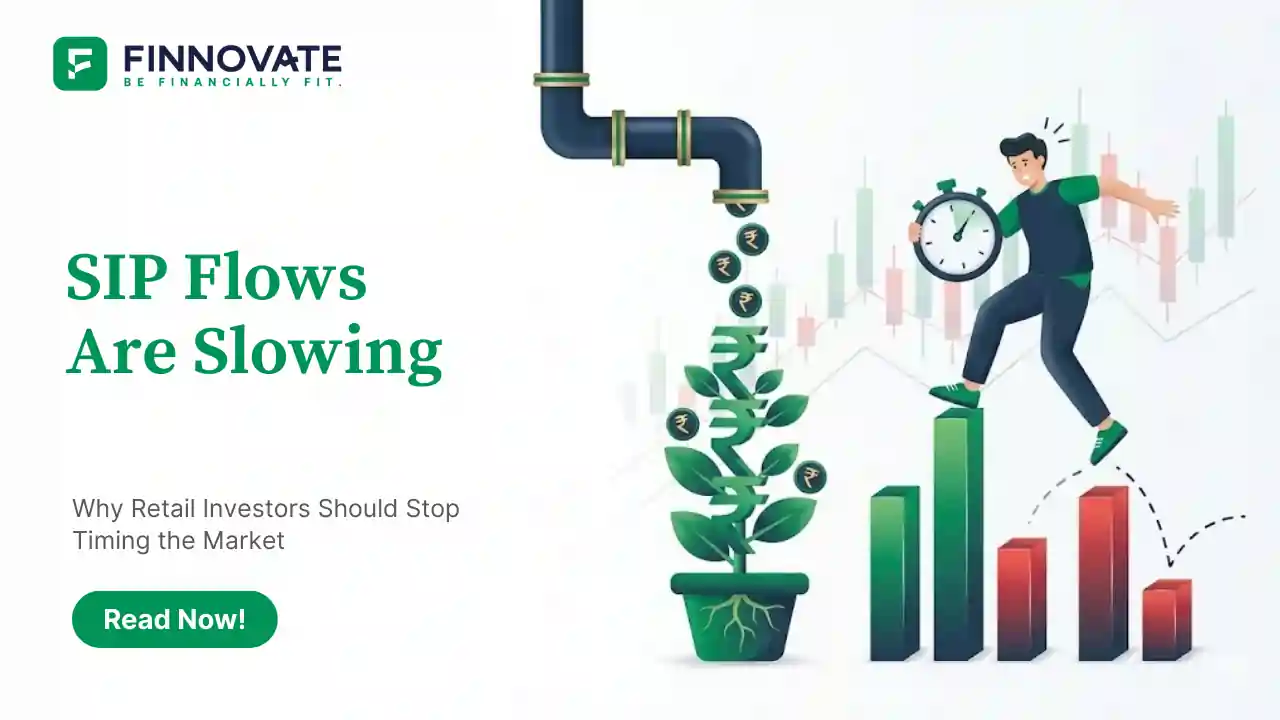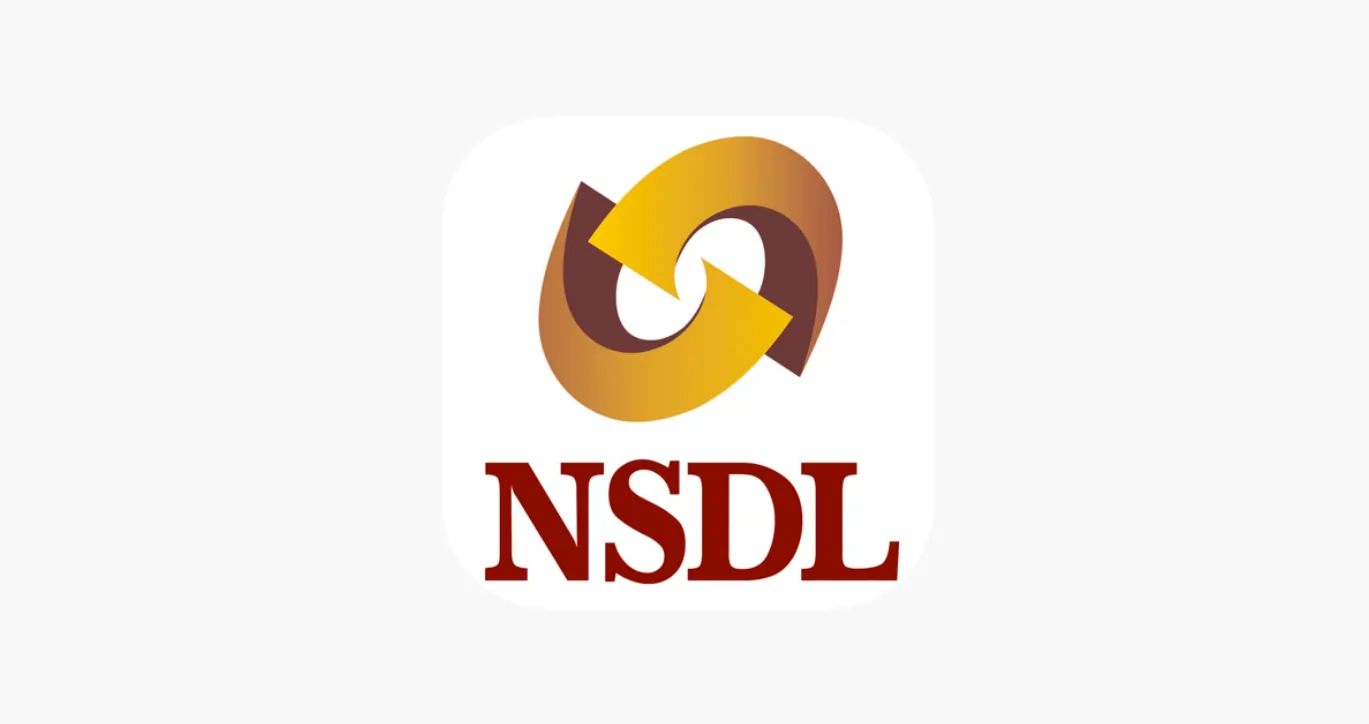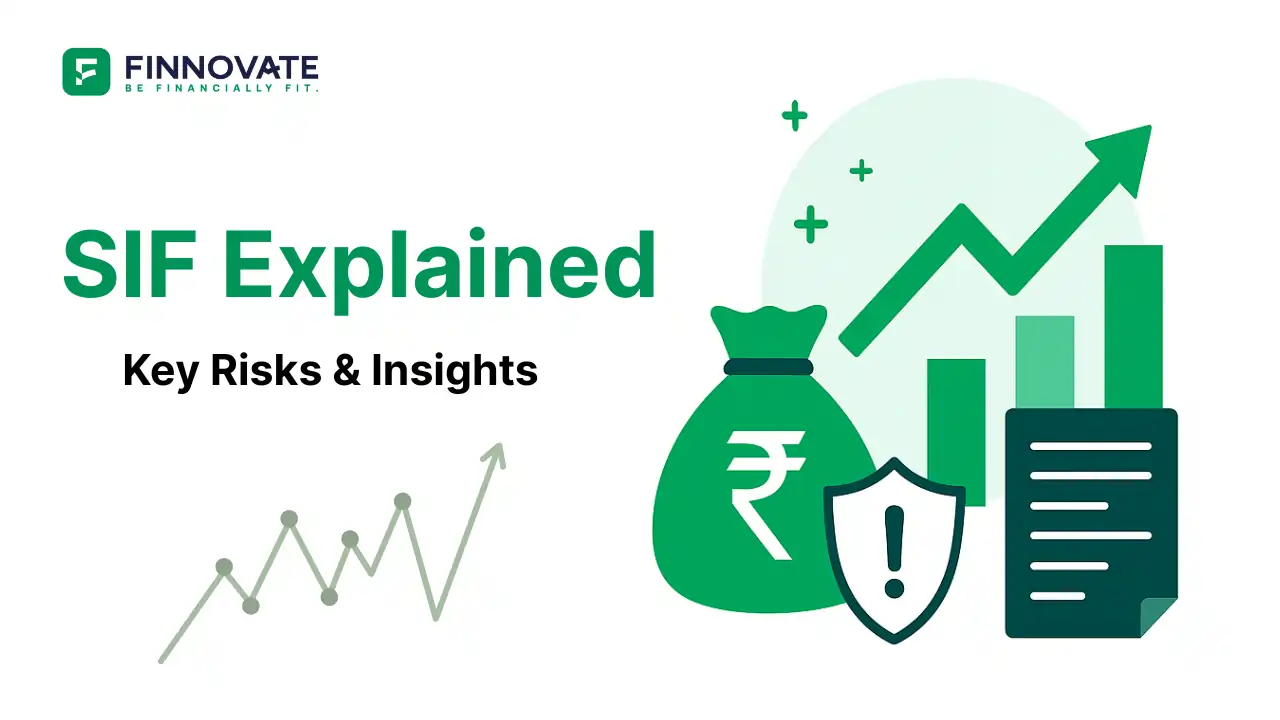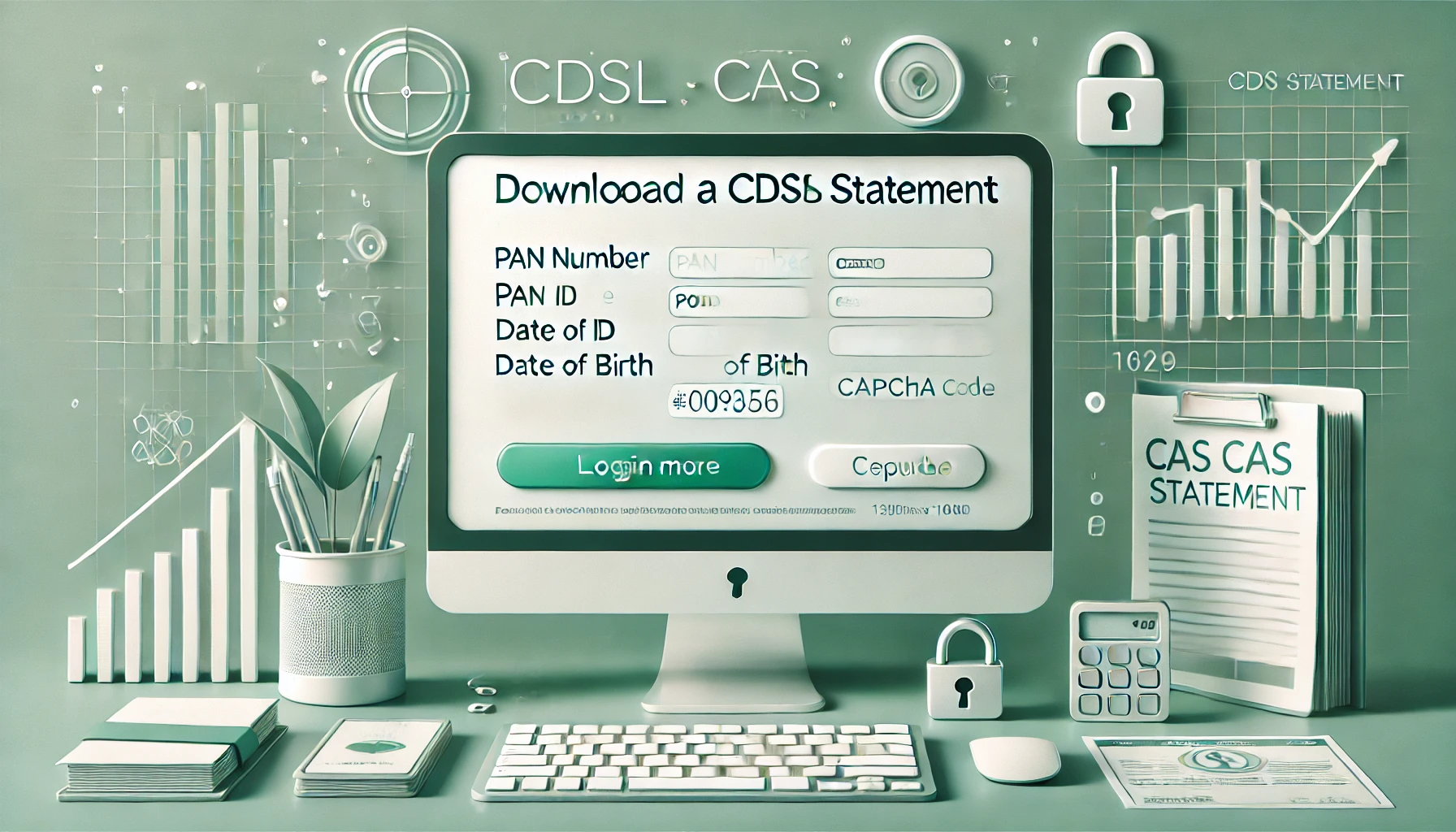
SIP Flows Are Slowing: Why Retail Investors Should Stop Timing the Market
SIP folio share is falling and SIP stoppage ratios are above 75% post Apr 2025 clean-up. H...
The regulator has now come up with a proposal to give a “High Risk” tag to MF schemes that actually carry much higher levels of risk to mark them out. It will surely be better for the retail investor.
Where does the proposal stand?
Obviously, the regulator is now trying to get the stakeholder buy-in for such an idea. It will seek AMFI view before going ahead with this plan. AMFI as the front for mutual fund AMCs, may be cautious but will go along. Funds may not be too happy, but the experience in the past has been that more transparency only makes things better. That has been true for mutual funds too. But what exactly has driven this urgent need to assign a high-risk tag to certain mutual funds. It is about the esoteric family of funds.
Rise of the esoteric funds
Esoteric may not be the right word, so we use it
more for want of a better one. In the recent past, we have seen the rise of
several new classes of funds in the market. The current classification of funds
offered by SEBI and AMFI is only partially helpful. For instance, investors
must know that factor funds are much riskier than pure passive funds. Also, a
dynamic fund with fund manager having substantial discretion is riskier than a
fund that is rule based. The current risk rating system (called risk-o-meter)
does not effectively capture such nuances and an explicit tag will make it
clearer.
Understanding finer risk
SEBI has been concerned that while risk at a broad level is being addressed, the finer risk is still not being addressed. For example, most investors still do not know that factor funds are substantially higher on the risk scale compared to passive funds due to the active churn and also the low diversification. In the Templeton case, institutional investors had also ignored the fact that short duration funds invest in illiquid assets. Another recent example is of flexi-cap funds where investors do not appreciate that discretion works both ways and such strategies can also backfire. These are the kind of subtle risks that can be captured with a High-Risk tag, assigned to mutual funds with a bigger risk tilt.
Will it really help investors?
For any market or for any regulator, there is no
better defense than a well-informed investor. In current scenario, the best
that the regulator can do is to coax the fund houses and the marketers to make
a much cleaner and finer data and implication disclosure. The average Indian
investor has been an intelligent investor as can be seen from the trends like shift
to index funds, selective focus on alpha etc. Going ahead, the family of funds
is likely to widen, and more choice comes with greater risk. In fact, SEBI must
be looking at a wider spectrum of risks and ways to interpret such risks and
communicate them to investors!
Popular now

Learn how to easily download your NSDL CAS Statement in PDF format with our step-by-step g...

Explore what Specialised Investment Funds (SIFs) are, their benefits, taxation, minimum in...

Learn How to Download Your CDSL CAS Statement with our step-by-step guide. Easy instructio...

Looking for the best financial freedom books? Here’s a handpicked 2025 reading list with...